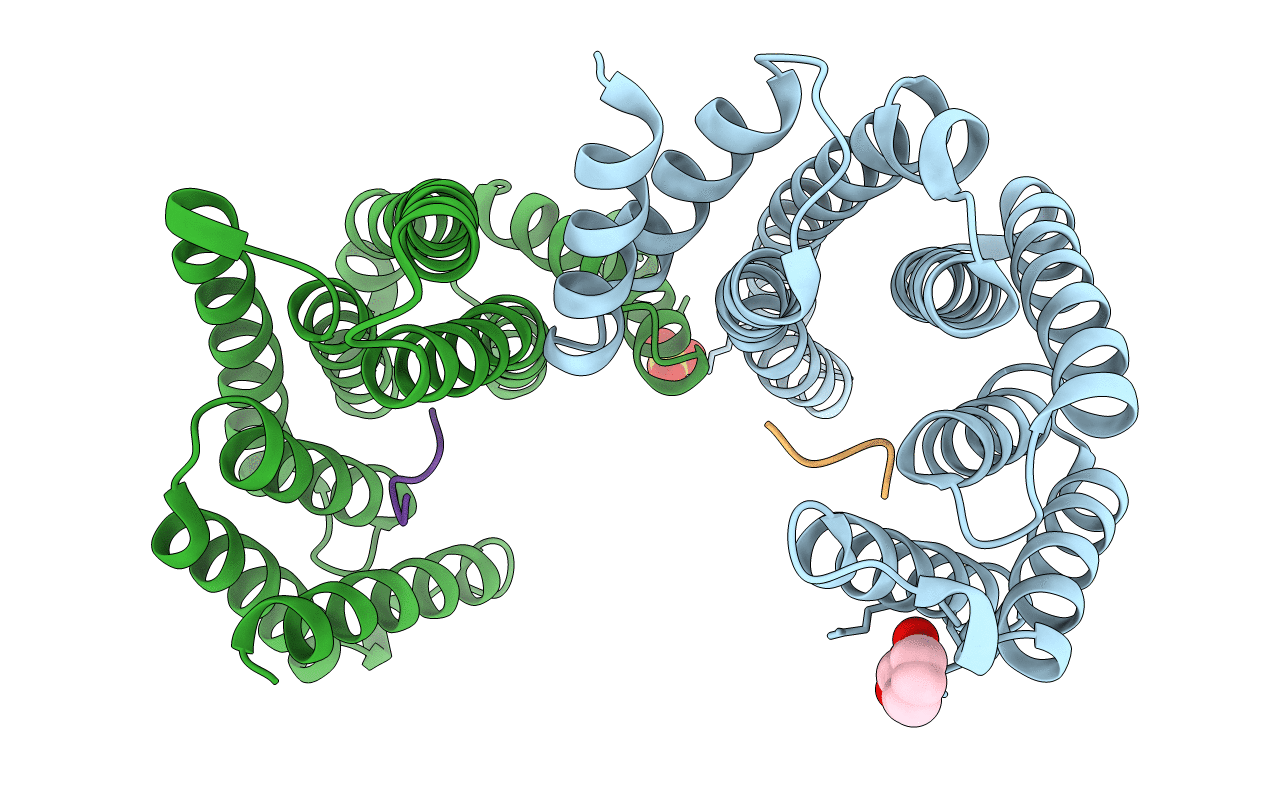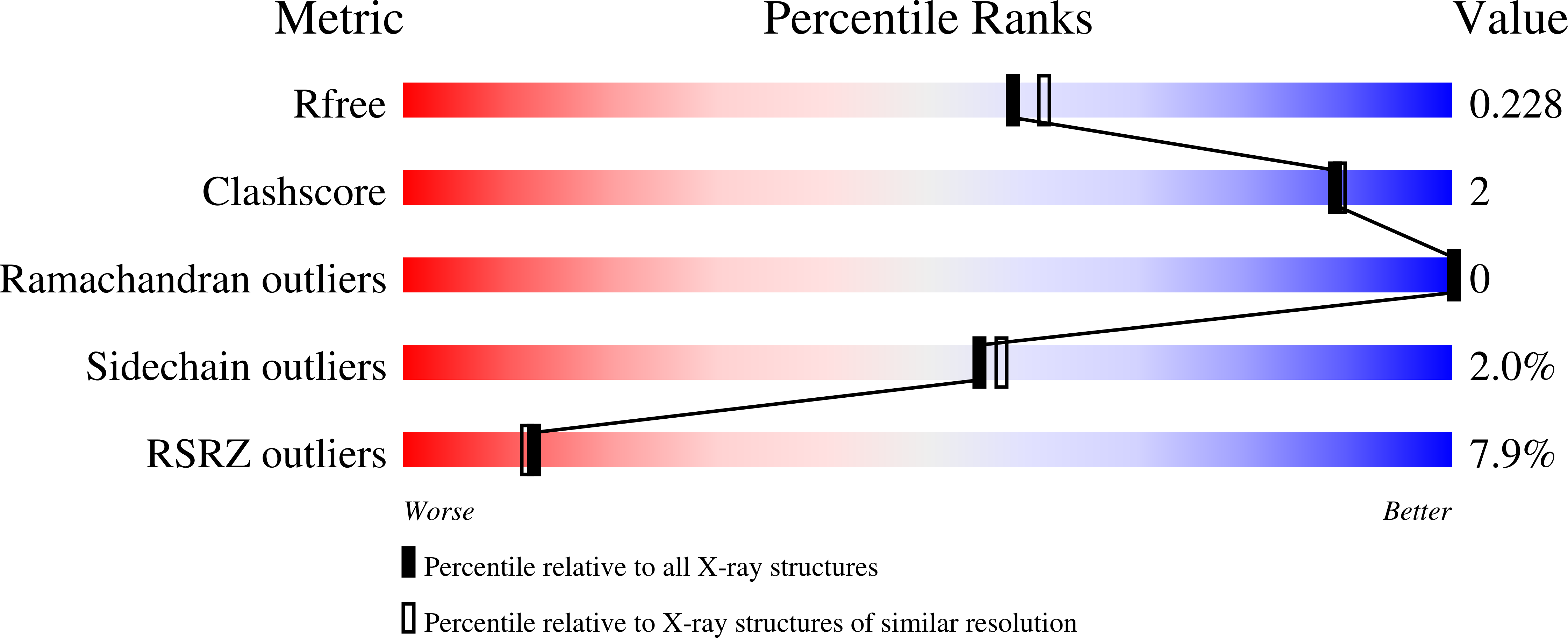
Deposition Date
2020-04-09
Release Date
2021-03-24
Last Version Date
2024-10-23
Entry Detail
PDB ID:
6YMO
Keywords:
Title:
Binary complex of 14-3-3 zeta with Glucocorticoid Receptor (GR) pS617 peptide
Biological Source:
Source Organism:
Homo sapiens (Taxon ID: 9606)
Host Organism:
Method Details:
Experimental Method:
Resolution:
2.02 Å
R-Value Free:
0.23
R-Value Work:
0.21
R-Value Observed:
0.21
Space Group:
P 21 21 21


